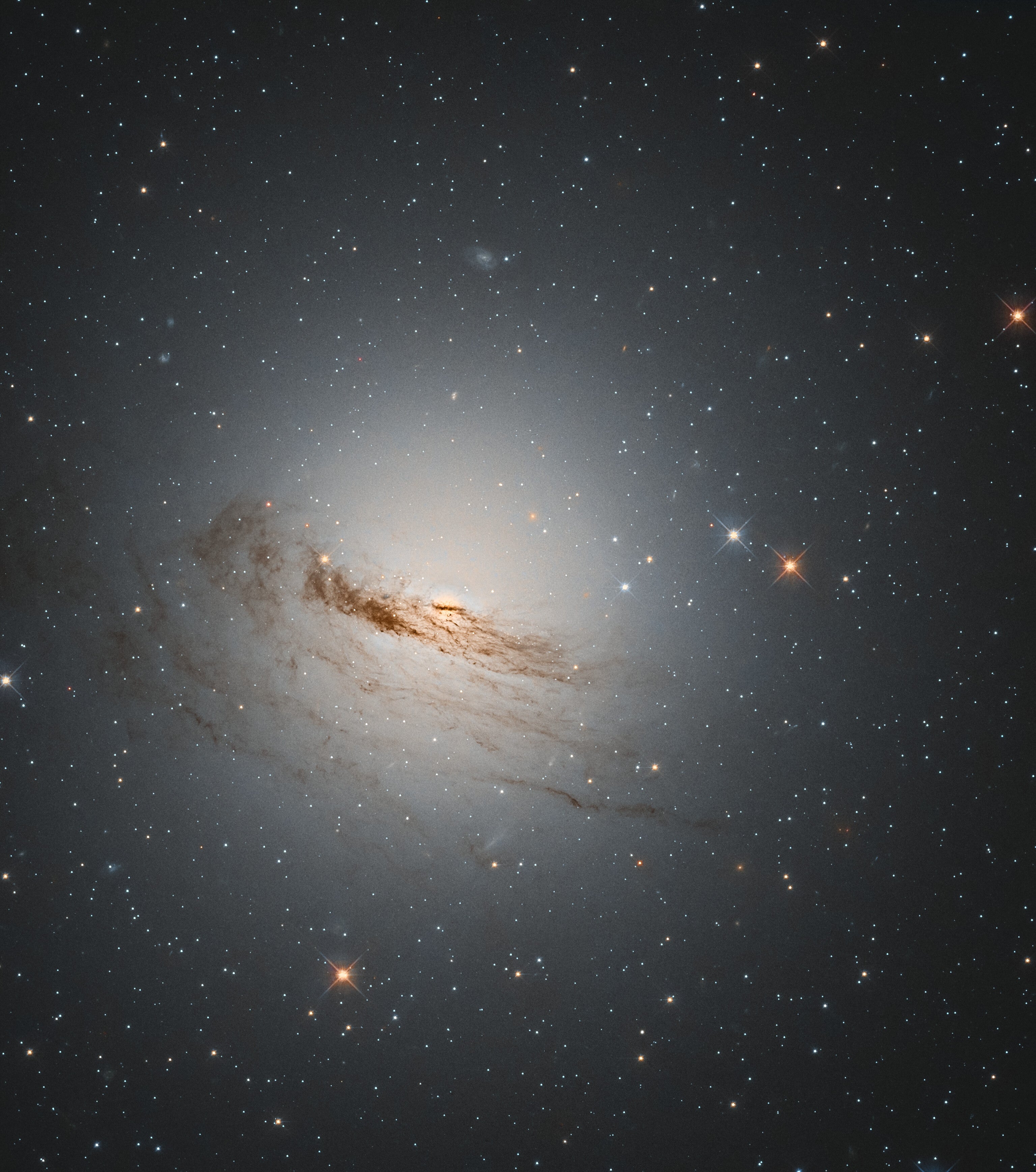Hubble telescope captures stunning shot of galaxy slowly dying
NGC 1947 was discovered almost 200 years ago, floating in space approximately 40 million light-years away

Your support helps us to tell the story
From reproductive rights to climate change to Big Tech, The Independent is on the ground when the story is developing. Whether it's investigating the financials of Elon Musk's pro-Trump PAC or producing our latest documentary, 'The A Word', which shines a light on the American women fighting for reproductive rights, we know how important it is to parse out the facts from the messaging.
At such a critical moment in US history, we need reporters on the ground. Your donation allows us to keep sending journalists to speak to both sides of the story.
The Independent is trusted by Americans across the entire political spectrum. And unlike many other quality news outlets, we choose not to lock Americans out of our reporting and analysis with paywalls. We believe quality journalism should be available to everyone, paid for by those who can afford it.
Your support makes all the difference.The European Space Agency (ESA) has captured an astonishing image of a dying galaxy using the Hubble Space Telescope.
Many galaxies are known for having huge spirals around their arms, curving into a circular shape; but NGC 1947, as the galaxy is called, has lost almost all the gas and dust from its limbs, leaving it looking like a wisp of cosmic cloud.
The faint remnants of those spirals can still be seen in the image, but without material to form new stars it is unlikely that the galaxy will survive for much longer – eventually fading over time.
Generally speaking, it takes some time for a galaxy to die; the Milky Way galaxy will remain active for at least billions of years – the lifetime of our Sun – because of surrounding dwarf galaxies which merge with our own and feed it with fresh stars, as well as hydrogen.
NGC 1947 was discovered almost 200 years ago, floating in space approximately 40 million light-years away, and can only be seen from the southern hemisphere in the constellation Dorado, the ESA notes.
The death of a galaxy is a spectacular, but generally rare, event to spot. In January this year, astronomers watched a galaxy lose 10,000 Suns-worth of gas each year – creating stars at a faster rate than our own Milky Way galaxy. But with no way to replete the material, it will eventually extinguish itself.
Astronomers think that the dramatic death was caused by a collision with another galaxy, when two combined to form ID2299 – the one visible by astronomers.
Other peculiar galaxies have also been recently recently discovered: Nasa spotted a galaxy that erupts every 114 days, possibly due to the existence of a supermassive black hole at the centre of the star cluster that is consuming an orbiting giant star.
Join our commenting forum
Join thought-provoking conversations, follow other Independent readers and see their replies
Comments